Turkmenistan Researchers have yet to find a viable solution to extinguish the Darvaza crater, which has been filled with methane gas and burning since the Soviet era.
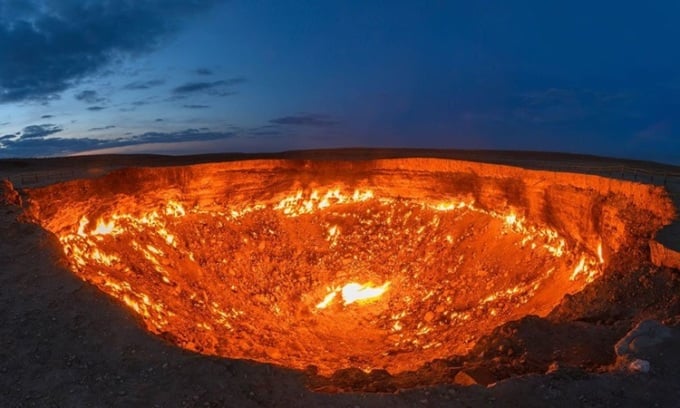
Darvaza crater burns red. Photo: BBC
Ten years ago, National Geographic explorer George Kourounis climbed into the Gates of Hell. The 100-foot-deep, 230-foot-wide hole in north-central Turkmenistan is officially called the Darvaza Crater (named after a nearby village), but the moniker Hell's Gate better describes the phenomenon: a methane sinkhole that caught fire decades ago in a remote part of the Karakum Desert and has been burning ever since. In 2013, Kourounis became the first person to climb inside the fiery crater. After two years of planning, he had just 17 minutes to collect gas measurements and soil samples before he had to escape. "Those 17 minutes are etched in my mind. It was much scarier, hotter, and bigger than I thought it would be," Kourounis told National Geographic.
The expedition brought worldwide attention to the Darvaza crater, and the Turkmen government had vowed to permanently extinguish the methane-fueled fire before deciding to abandon the Door to Hell.
With vast oil and gas reserves, Turkmenistan has numerous industrial zones where methane, a powerful greenhouse gas, leaks into the atmosphere. Earlier this summer, the US and Turkmen governments discussed ways to cooperate to seal these areas, which could include the Darvaza crater. But putting out the fire is no easy task. “The process can go wrong. I’m very concerned about the risk of an explosion,” said Guillermo Rein, a fire scientist at Imperial College London.
Despite its terrifying appearance, the Darvaza crater is not all that unusual. Also known as “Karakum Light” in Turkmenistan, the crater sits in the Amu-Darya Basin, a geological formation that contains an unknown amount of oil and natural gas, mostly methane. Much of the methane is released from the Earth’s crust. If it catches fire, it will burn until there is no more fuel, heat, or oxygen-rich air. Typically, methane in the area is extracted by the oil and gas industry or leaks above ground or underwater, unnoticed.
The Darvaza Crater has been burning for decades, starting as a Cold War accident. Sometime in the 1960s and 1980s, Soviet oil engineers were drilling in the area when the ground collapsed beneath them, revealing a crater that was releasing methane gas. Either the engineers lit the methane gas in the hope that it would burn off quickly, or someone accidentally tossed a cigarette and started the fire. Whatever the cause, the accident released a flood of toxic pollutants, but since the nearest village was razed in 2004, no one cared about the crater.
Putting out the fire at Darvaza Crater requires two things: extinguishing the flames and stopping the methane gas from seeping from underground. The first step is much easier than the second. For example, it might be possible to spray quick-drying cement into the crater, depriving it of the oxygen-rich air that fuels the fire. But geologists warn that this approach could send methane gas up to the surface through other routes, creating another source of leakage. So the only way to close the Gates of Hell is to stop the methane leak at the source.
The key is to figure out what’s beneath the Darvaza crater. Oil and gas experts would need to identify the subterranean fissure that’s leaking methane. Then, concrete could be poured into the crack via an underground pipeline. Mark Tingay, an expert in petroleum geomechanics at the University of Adelaide, isn’t sure how to seal such an underground fissure, even if engineers could locate it. Industrial leaks can be tricky to fix, but geological leaks are more complicated and fraught with uncertainty.
One remote possibility is to use a large explosive device to plug the methane leak. In this method, a bomb is transported through a pit and detonated near the methane source, eliminating oxygen and smothering the fire, while collapsing into the crack, causing the methane to leak.
It’s unclear how effective the method would be in the Darvaza crater, but the bomb would certainly be huge. In fact, Soviet engineers have used nuclear warheads several times to stop underground fires, most recently in 1981. That may not work in the Darvaza crater, however, as Kourounis suspects the gas will still leak elsewhere.
An Khang (According to National Geographic )
Source link


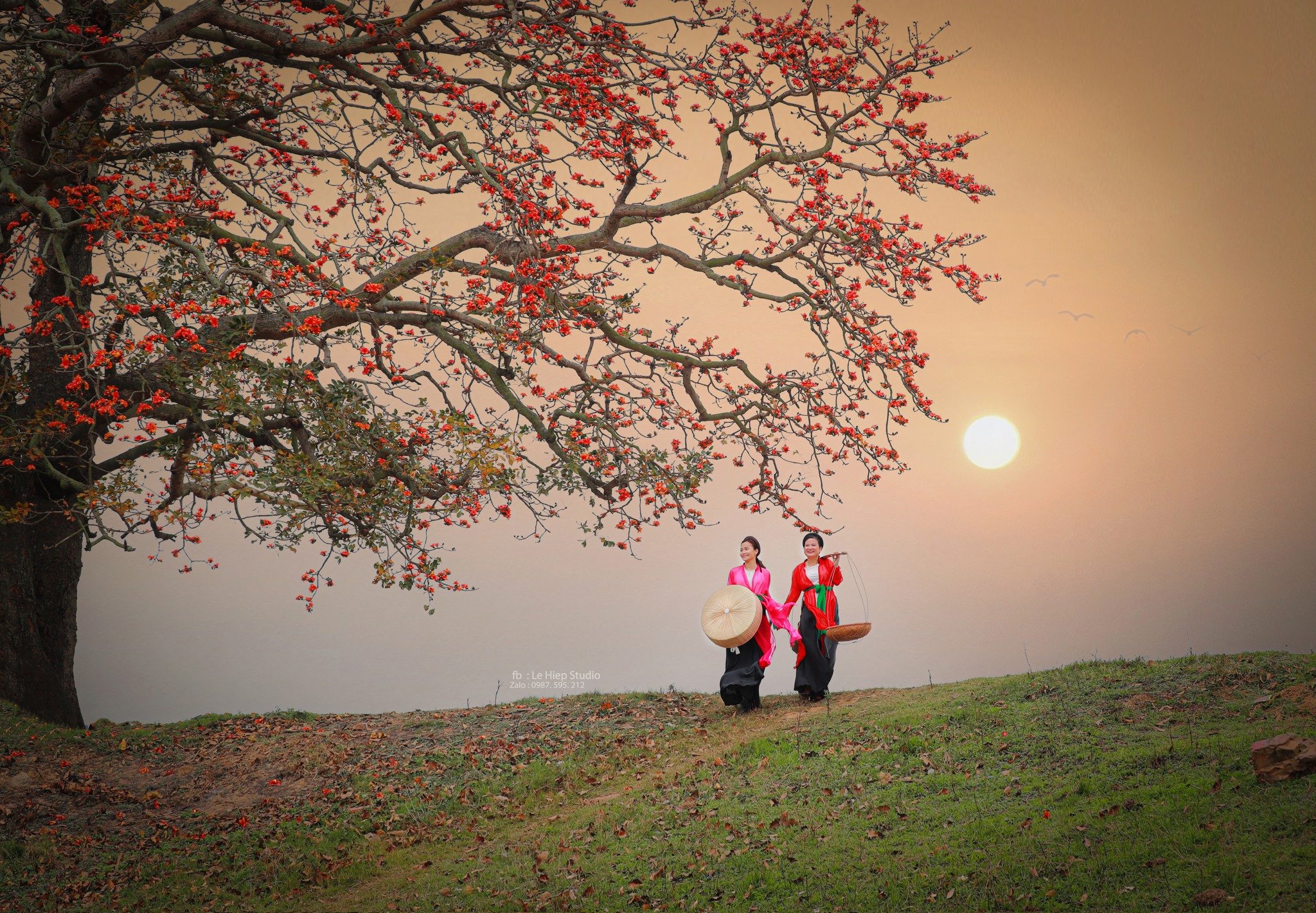
![[Photo] National Assembly Chairman Tran Thanh Man attends the Policy Forum on Science, Technology, Innovation and Digital Transformation](https://vstatic.vietnam.vn/vietnam/resource/IMAGE/2025/4/13/c0aec4d2b3ee45adb4c2a769796be1fd)


![[Photo] Prime Minister Pham Minh Chinh chairs the Government's special meeting on law-making in April](https://vstatic.vietnam.vn/vietnam/resource/IMAGE/2025/4/13/8b2071d47adc4c22ac3a9534d12ddc17)








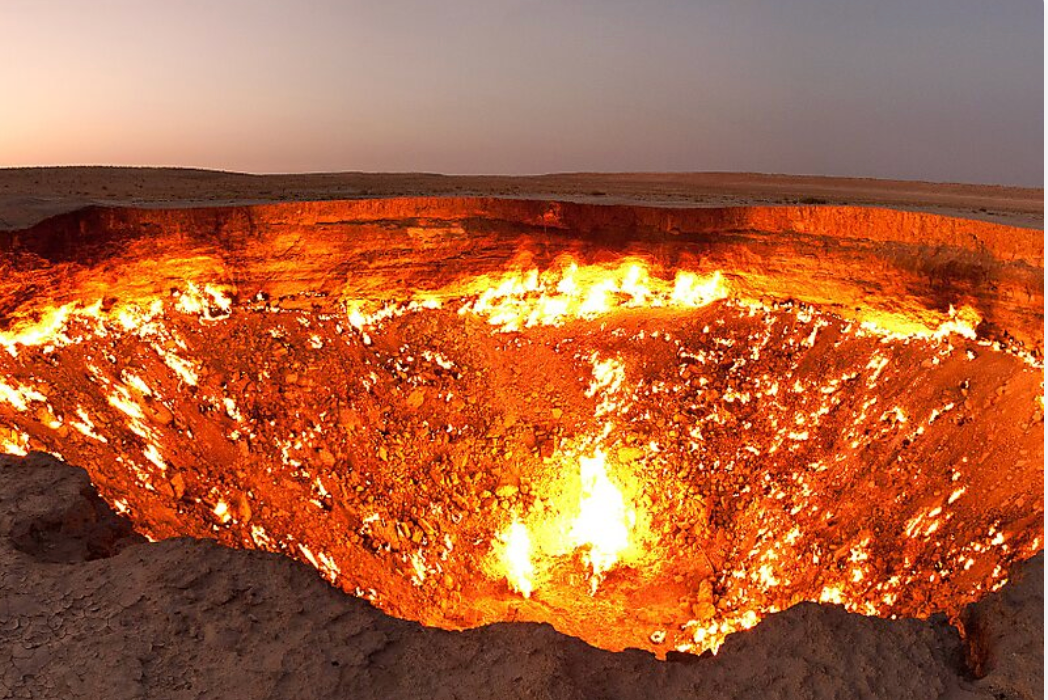



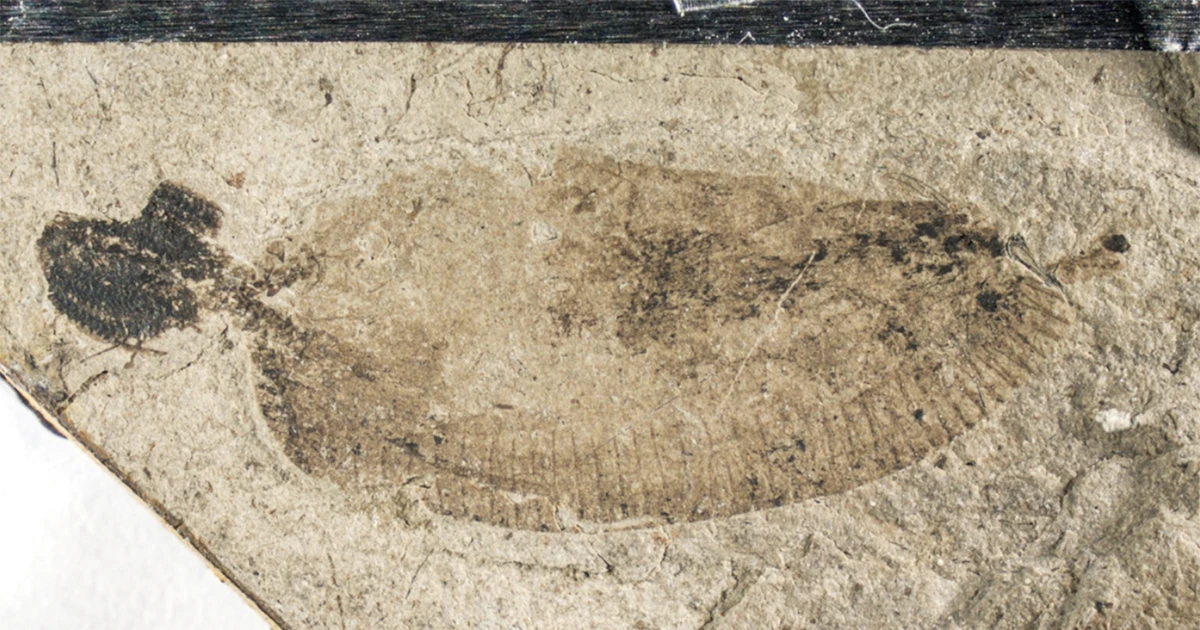

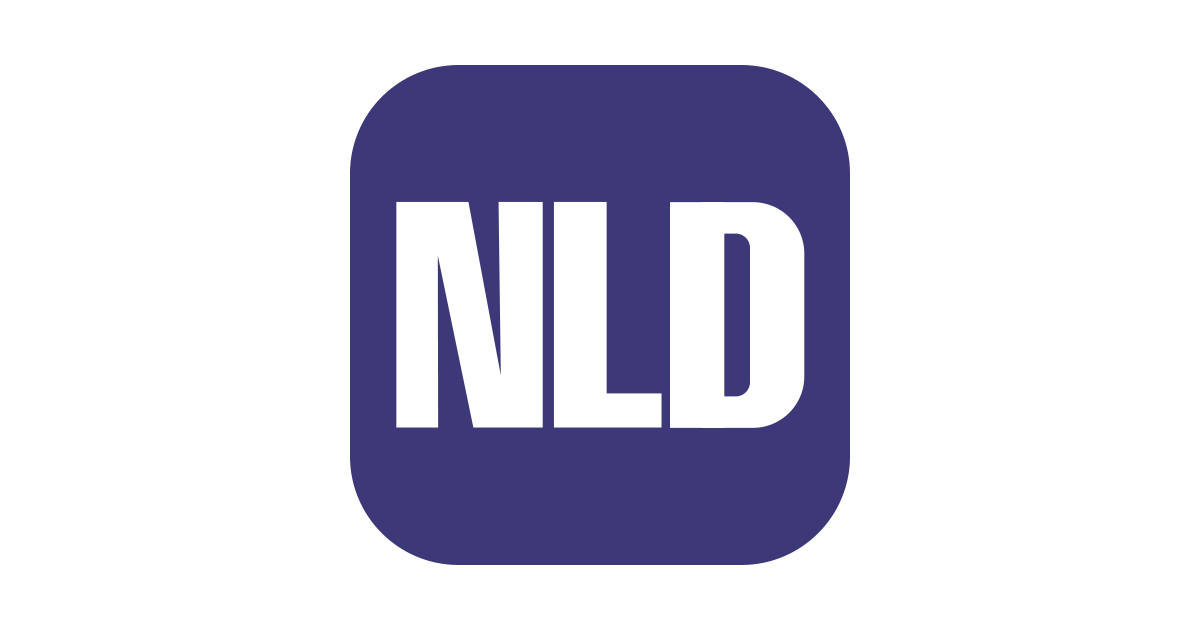
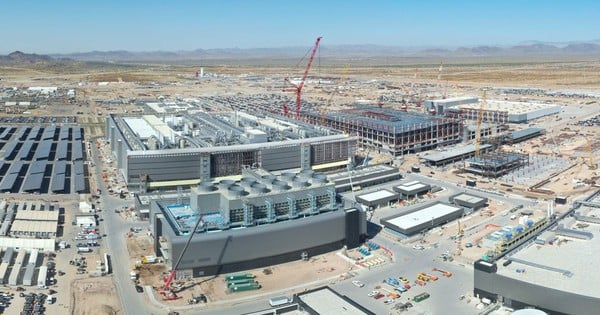







































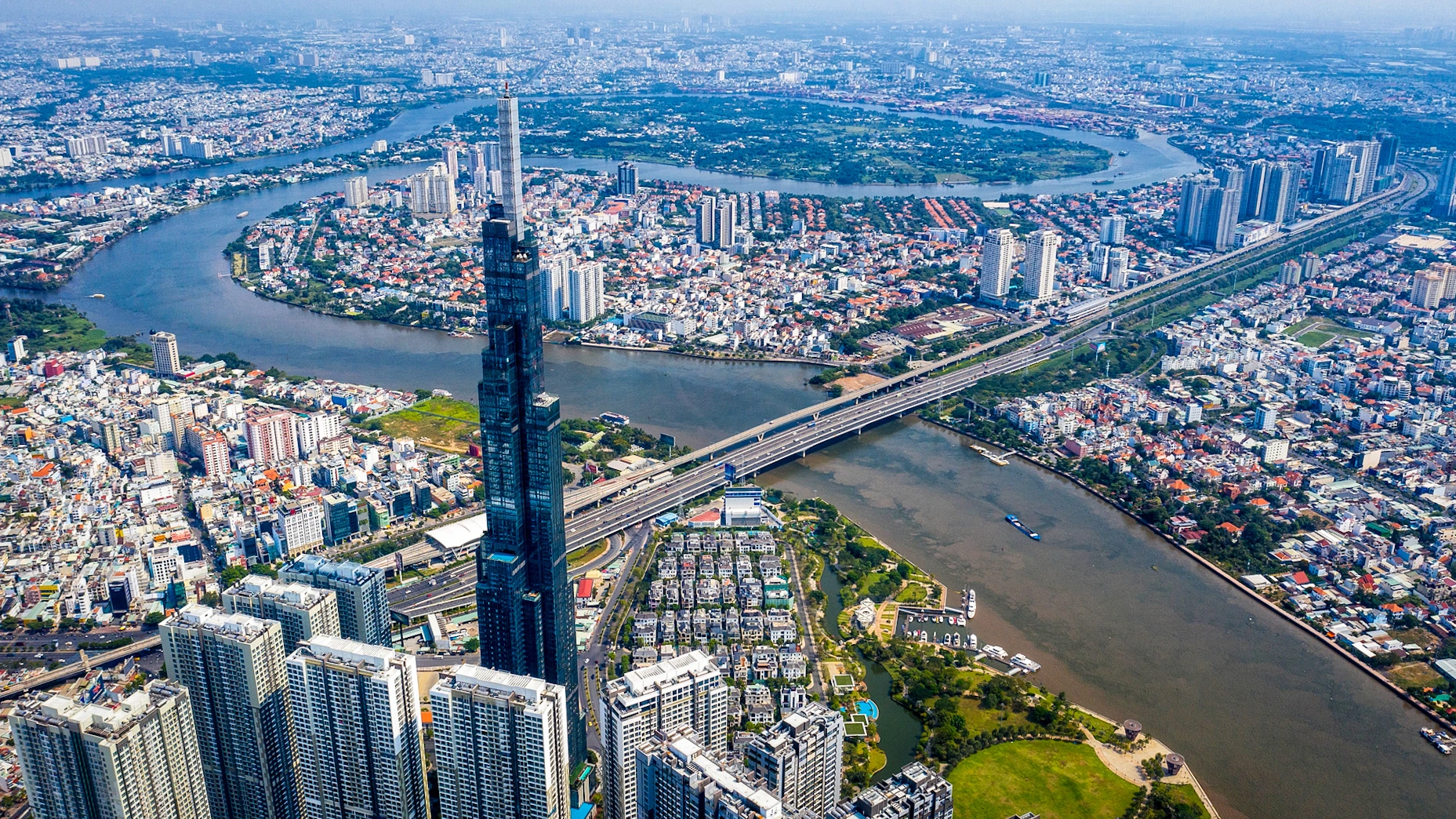




















![[Podcast]. Kites and Childhood](https://vstatic.vietnam.vn/vietnam/resource/IMAGE/2025/4/13/a4697c2294a843f39084a21134c3feb0)












Comment (0)